The Anatomy of a Well-Balanced Range: From Hero Pieces to Margin Builders.
Scaling thoughtfully: striking the right balance between standout pieces and steady earners.
Morning all. Apologies for not getting a Friday Thread out last week. In the rehab stage of an ongoing 8 week injury which an MRI revealed last week was two herniated discs and a tear in my lower spine. Ouch.
Nonetheless, back at it this week where i’ll be exploring a subset of range building, specifically, key things to consider to launch a well balanced product range.
I mentioned previously how I launched Torsa with five products, split across 9 SKUs. Firstly, let me quickly explain what a SKU is and how it differs to a product. A product, in the example below is our Colt Training Shorts. A SKU (stock keeping unit), on the other hand, is a variation of that product. In our case, we have three colour ways of the Colt Training Shorts, and therefore, 3 SKUs of that particular product.
In theory you can make 1 product in 10 colour ways, and have 10 SKUs. I mention this because some brands have built their success completely on this philosophy, and these in many cases, are often referred to as the brands ‘hero pieces.’
Hero Pieces
There are many examples of hero pieces that drive revenue for brands, but one of the clearest example that comes to mind is the Fjällräven Kånken. The Kånken was originally designed for school kids in 1978 as a way of improving their posture and allegedly help alleviate back problems they were suffering. First year sales were modest, just 400 units sold. The year after, the bag became somewhat of a phenomenon, selling 30,000 units.
Today, you’ll be hard pressed not to walk down the streets of a major city and not spot a Fjällräven Kånken. The simple yet functional bag has become somewhat of a cult classic, with its distinctive square shape and arctic fox logo.
Nathan Dopp, CEO of Fjällräven in North America says that the Kånken makes up just shy of 50% of their business. Incredibly high, but he goes onto say when Fjällräven launched in the US, the Kånken made up 98% of business, showing that the brand is actively trying to diversify its product mix.
Fjällräven has certainly capitalised on the success of the Kånken range of products, with the introduction of style variants such as the Kånken Mini, Kånken Laptop Bag, Kånken weekender bag and more. There’s also no shortage of colour options, with the Kånken backpack coming in a staggering 53 colours.
Switching to sportswear now, another example of a hero piece is lululemon’s Align™ Legging. Having previously worked in store, I saw first hand how lululemon capitalised on the success of the Align™ range. It’s important to note that the true hero of the Align™ legging wasn’t its design however, it was its fabric, Nulu™.
This propriety blend of super soft and lightly supportive yarns knitted together formed a one-of-a-kind material which provided what lululemon dubbed as a ‘naked sensation’ ie, feeling like you’re not wearing anything at all.
This ultimate comfort combined with supportiveness made the Align™ legging the go-to for women who were doing yoga, running errands, grabbing a coffee, or simply lounging around the house.
lululemon would go onto capitalise on the success of the Align™ product range by diversifying their Align™ product offering.
This would involve launching the leggings in multiple different lengths, adding pockets, offering different rises, and so on.
The beauty of hero products like this is that the development of the original product is already done. I’ve mentioned in previous articles the complex and expensive process of product development, but taking the above example, lululemon have created multiple brand new SKUs by simply changing the length of a product they already know works in the market.
They would go onto develop a host of new products in the trusty Nulu™ fabric; from sports bras, shorts, lounge pants, sweatshirts, dresses and countless other products.
This example teaches new brands a good lesson in range building. You may not set out to create a hero product, but, when you launch your first collection, you need to factor into your design process the concept of scalability and variability. Can this product scale and can you create variability within this product?
An example of this would be Ten Thousand’s Interval Short. Ten Thousand launched with two products, and likely had a clear plan from the outset that they would focus on getting the most out of these two products before diversifying; a training t-shirt and training shorts.
Their Interval Short, (one of the two products they launched with) was built to scale. Simple in it’s design, it allowed for Ten Thousand to create multiple SKUs through colour, of course, but also, customisability.
The Interval Short launched as a 7” inch short with liner, but it’s now available to buy in three different lengths, and either lined or unlined. The product development costs of removing a liner and/or changing the inseam is minimal, so they are essentially bringing multiple new SKUs to their product range at very little cost, apart from of course, the purchase of inventory.
However, they probably had a very good idea how the 5” and 9” inch shorts would sell by looking at the data of the original 7” short, which consequently meant they had an accurate estimate of how much inventory they needed to buy when they launched the new options.
When you’re launching products, it’s critical to understand how they can potentially scale. Don’t always design a product as a singular entity, explore how that product or fabric can evolve.
As a start-up, costs need to be managed so carefully, and getting the most out of your hero products is one of the best ways to increase cash flow into your business, which is key to survival in the early stages.
Satisfy: Cloud Merino
Parisian running brand Satisfy are known for their unique design-led running apparel, but they also employ hero products, mainly through fabric groups. A clear example of this is the development of their Cloud Merino™ range. Cloud Merino™ is a Japanese Optimo wool, known to be one of the softest and lightest Merino wool fibres in the world.
Wool is a runners dream in cooler months, warming you up when you’re cold and cooling you down when you’re hot. This innate ability to regulate your temperature makes for ideal running apparel in certain conditions.
Satisfy launched with just their short sleeve Merino t-shirt, in a few colours. A simple Merino t-shirt using one of the finest wools the planet had to offer.
Whether it was planned, or down to the success of the original t-shirt, Satisfy capitalised on the popularity of the style - in which fabric was the core part of its success - and began diversifying their offering using the same fabric.
Firstly this involved the simple style transition to a long sleeve, which as I have mentioned before, costs little in the way of product development. They also, however, began playing around with textures and integrating different household fabrics such as CORDURA™ to add variability to the range as a whole. When they launched the waffle and the CORDURA™ blend, they didn’t stray away from Cloud Merino™ - it formed the foundation for all of their Merino products.
As you can also see, they cleverly developed accessories using Cloud Merino™. What many might not know is that these accessories would very likely be made out of fabric wastage from the t-shirts and long sleeves.
Therefore, the fabric which will be used for the accessories had already been bought to use for the apparel items. That said, to develop the beanies and gloves, from a fabric standpoint, would very likely be free.
As a brand, you may have to ship the wastage fabric to another factory, which in Satisfy’s case, it seems they did. (apparel made in Japan, accessories made in Portugal). However, from experience, that £85 Cloud Merino™ beanie would very likely be produced (assuming the fabric was free), for less than £5. This is a clever use of wastage, but it also shows the importance of fabric groups and how they can be used to build a cohesive range, both financially and visually.
Drawbacks
Over-reliance
There is no doubt that hero products are a crucial part of many businesses. You can look to any sector in apparel and accessories and spot a hero product; Rimowa’s aluminium case, Levi’s 501, Converse All Star, and the Hermes Birkin as examples. However, you need to be careful of over-reliance on these hero products.
Whilst there are plenty of positives that they can offer your brand, there is a tendency to over rely on them. It’s natural, you have one product bringing in a lions share of revenue, and you want to capitalise, which you should. However, relying solely on that one product can easily come back to bite you.
Market Saturation
One factor of over reliance is market saturation and trend fatigue. Markets move fast and what was once on trend can quickly fall by the wayside. This is always a concern for a product that becomes very popular, very quickly.
Whilst the brand ploughs all this money into supply to meet demand, resources marked for elsewhere become a priority for the hero product. If you’re not careful, you’ll get to a point of buying more and more inventory and one day, your hero product is no longer in demand, causing mounds of excess inventory leading to cash flow problems if not managed correctly.
Whilst it’s important to take advantage of successful products, it’s equally important to have a long term view. One classic example is Peloton. Sales soared as gyms closed and consumers looked for alternative ways to keep fit. In 2020, Peloton's revenue more than doubled to $607 million, and its global membership base hit 3.1 million, up from 1.09 million a year earlier.
As gyms reopened, demand for Peloton's products cratered. By the second quarter of fiscal year 2024, the company reported a 34% drop in sales compared to two years prior.
Cannibalisation
Another issue facing an over-reliance on hero products is the concept of cannibalisation of other SKUs in your range. This occurs when you have all the spotlight on one product forcing mindshare (and subsequent sales) away from the rest of the range.
Whilst it’s important to get the most out of your hero product, you don’t want it to come at the expense of other pieces in your range. You may launch a brand new, innovative product which you spent lots of money developing, but at launch, it underperforms because the focus continues to revolve around the hero product.
Or, subsequently you may look to take advantage of the hero product by offering different variants, but instead of driving further growth, the variants may confuse consumers or split demand across styles, and your original ‘hero’ product just becomes another product.
Optimising hero products is a balancing act. On the one hand, you want to take full advantage of their success to help drive revenue, cash flow and profitability into the business. On the other hand, you don’t want to over-rely on them to the point that they cannibalise the rest of your range, or worse, fall out of fashion suddenly - leaving you with tonnes of excess inventory and a brand that was known for just one product, which is no longer cool.
Think about the long term health of the brand. Hero products have their place, but manage them carefully.
Margin Drivers
Margin drivers are key to a well balanced product range. When I launched Torsa, I simply had no margin drivers. Our margins were poor as I sought out the finest fabrics and construction techniques as well as manufacturing in Portugal - if I started again, the first thing I would do is look at ways to include margin drivers into our product range.
Although they may not create the same fanfare as hero products, margin drivers deliver strong profit margins through lower production costs, stable demand, and minimal discounting. They keep the brand ticking along so to speak, and as a start-up, they are essential.
How-to?
So, how can we create margin drivers for our business. There are many techniques you can employ to help drive revenue through margin-builders, and they don’t necessarily relate to single products, but, we’ll start there.
Offcuts and wastage
I mentioned previously about how Satisfy used their offcuts to create their Cloud Merino™ accessories. This, of course, isn’t just a strategy employed by Satisfy. The use of fabric wastage is one of the best ways to create margin drivers for your business.
Below is an example of a t-shirt pattern created by our pattern maker to send to the factory. The lilac backdrop I have highlighted is the roll of fabric in which the patterns get cut from. As you can see, there are lots of small areas on the roll which can’t be used for the t-shirt, and this is what is called wastage.
This wastage will often get scrapped, but if you’re clever, you’ll turn this wastage into key margin drivers for your business. If you’re creating a technical t-shirt for example, think about how you can repurpose the leftover fabric to create accessories for your customer.
A perfect example of this is lululemon. They regularly use their offcuts from certain fabric groups to create complimentary accessories for their customer. Below is an example from their men’s metal vent collection and women’s fast and free range.
A good rule when you’re sourcing fabric is to think about its cross-use versatility. I’ve spoken countless times about the importance of fabric consolidation, which you can read more about in the articles below;
When you’re sourcing and designing, don’t think about how that fabric could work for just apparel, think about how it might work for accessories as well. These cleverly designed accessories could become the margin pieces you need to drive your brands cash flow and profitability.
Whilst you may produce an £80 running t-shirt for £20, you could be producing a £40 beanie for £5 and selling a much higher volume of them.
Bundle to increase basket size
A great strategy to use for your margin drivers is to bundle them together to increase your AOV (average order value). If you’ve got really healthy margin on socks and caps for example, look at merchandising them alongside your other products as add-ons.
A great example of this is Tracksmith. After I add one of their core t-shirts (Session Tee) to my basket, I am offered giftable accessories below as add ons.
This is not only a great way to increase basket value, but also a clever way of promoting the purchase of their margin drivers. To best employ this technique, it’s best to change the add-ons based on the core product the customer is buying.
For example, although Satisfy also use this technique, I tried a few variations, and the add-on product was always their Merino Nylon Tube Sock. In the example below, I have selected their Pertex technical waterproof running jacket and it has suggested me a Merino Nylon Tube Sock. As a customer, I would personally find far more value if it had offered me their Pertex Rain Cap to complete my outfit instead.
Cross merchandise with hero products
Your margin drivers may not be the product that has customers mindshare. Let’s imagine you have a hero product that makes up most of your brands revenue. A great way to support that hero product is merchandising your margin drivers next to it, whether that’s visually through eComm, or in-store.
You can do this through the basket as seen above, but my favourite way is through campaign eComm imagery and story telling.
Of course, this is a natural part of styling your shots. However, think about how you’re margin drivers can compliment the hero product. If, in the case above someone is looking to buy the Beta SL Jacket (pictured right), if they like the beanie (margin driver) as part of the look, they may well go onto buy that too. It’s crucial in this scenario to make sure that the Bird Head Toque Beanie is actually highlighted on the page somewhere, or in the basket at checkout - frustratingly, in this example at Arc’teryx, it’s not.
Final Thread
Building a well-balanced range is an important consideration for all apparel and sportswear brands. When you’re first starting out, it’s crucial to take into consideration the concept of hero products and margin drivers. In sportswear, there are lots of savvy opportunities to maximise profitability that other competitors around you may not be doing.
If you do create a hero product, maximising it’s potential in the early stages as a start-up is a crucial step to growth. However, an over-reliance on said product can lead to more problems than answers, resulting in damage to the long term health of the brand if the product falls out of favour.
The use of margin drivers, especially through utillising wastage to make accessories, alongside merchandising product that compliment your hero products are two clever strategies to employ when you’re starting out. Adding accessories is not only a great way to drive profitability, it adds depth to your range, allowing customers to shop full outfit looks, leading to a higher average order value per customer, and subsequently more profitability.
If you have and questions or feedback, please feel free to reach out to me on seb.beasant@torsa.co.uk



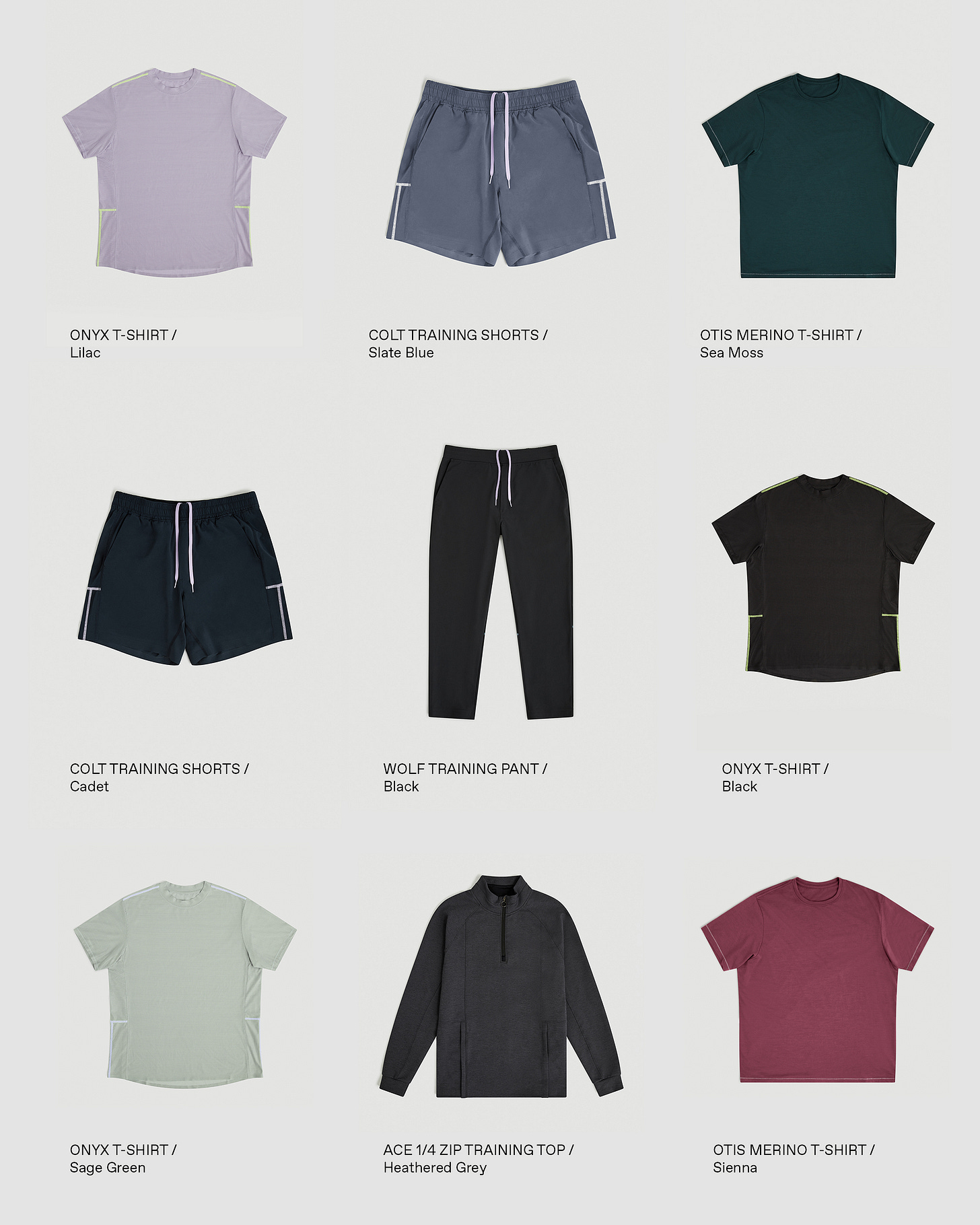
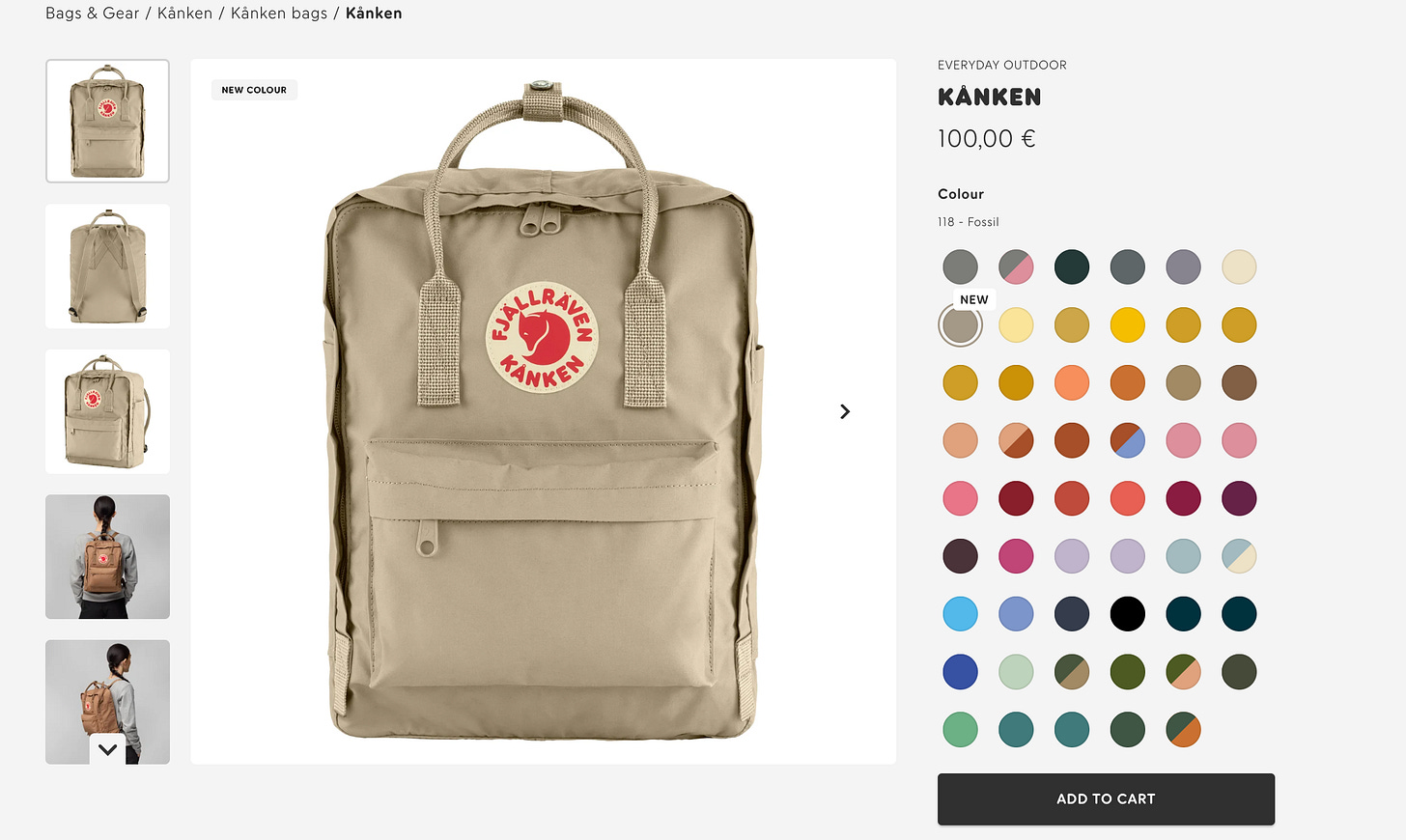
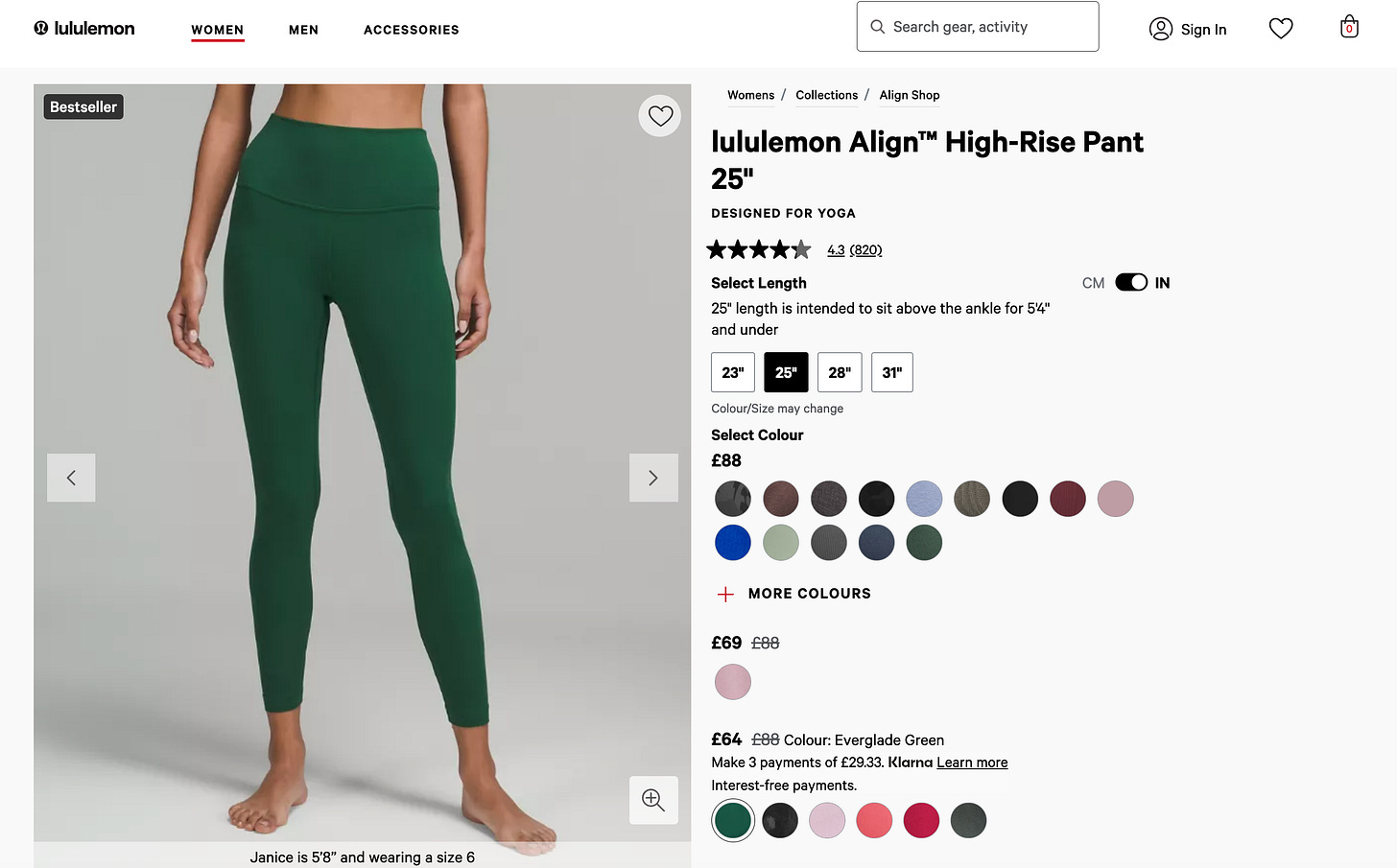
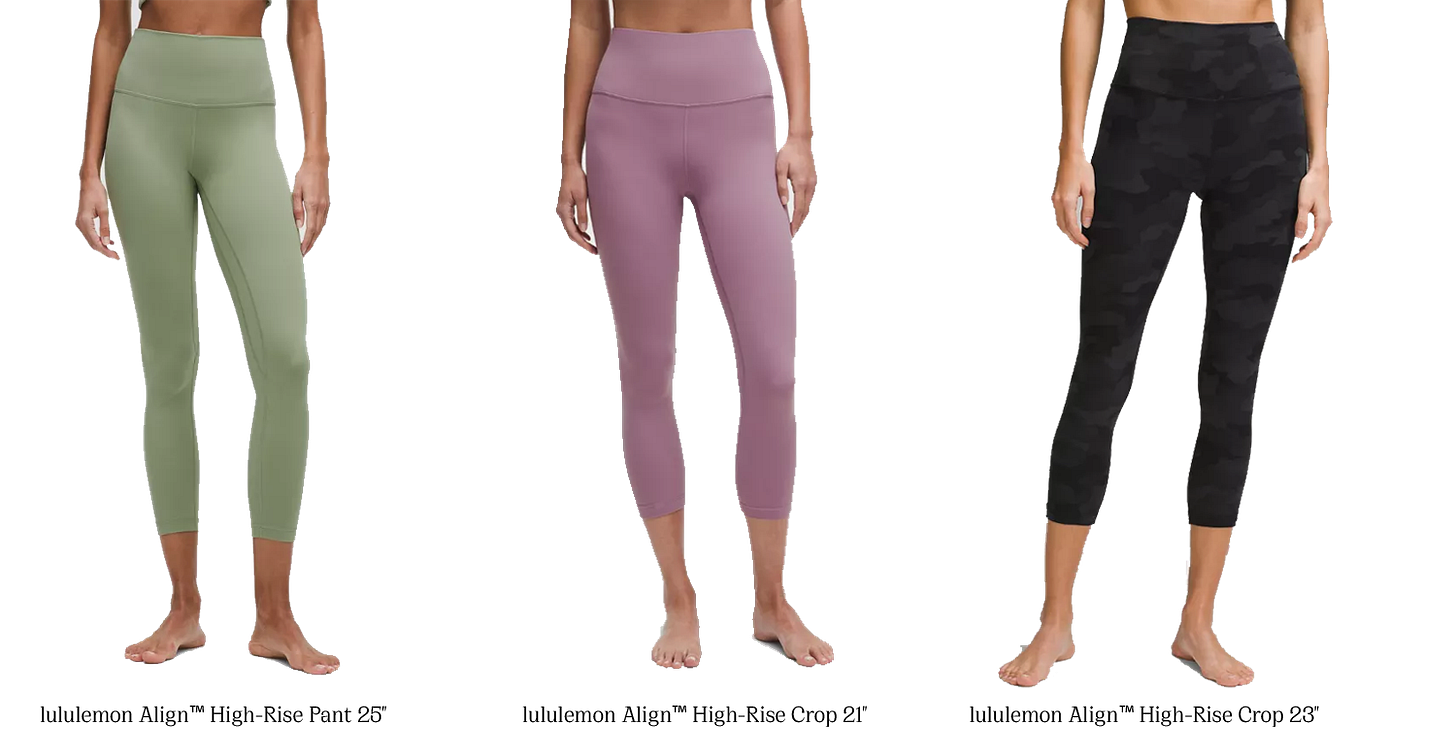
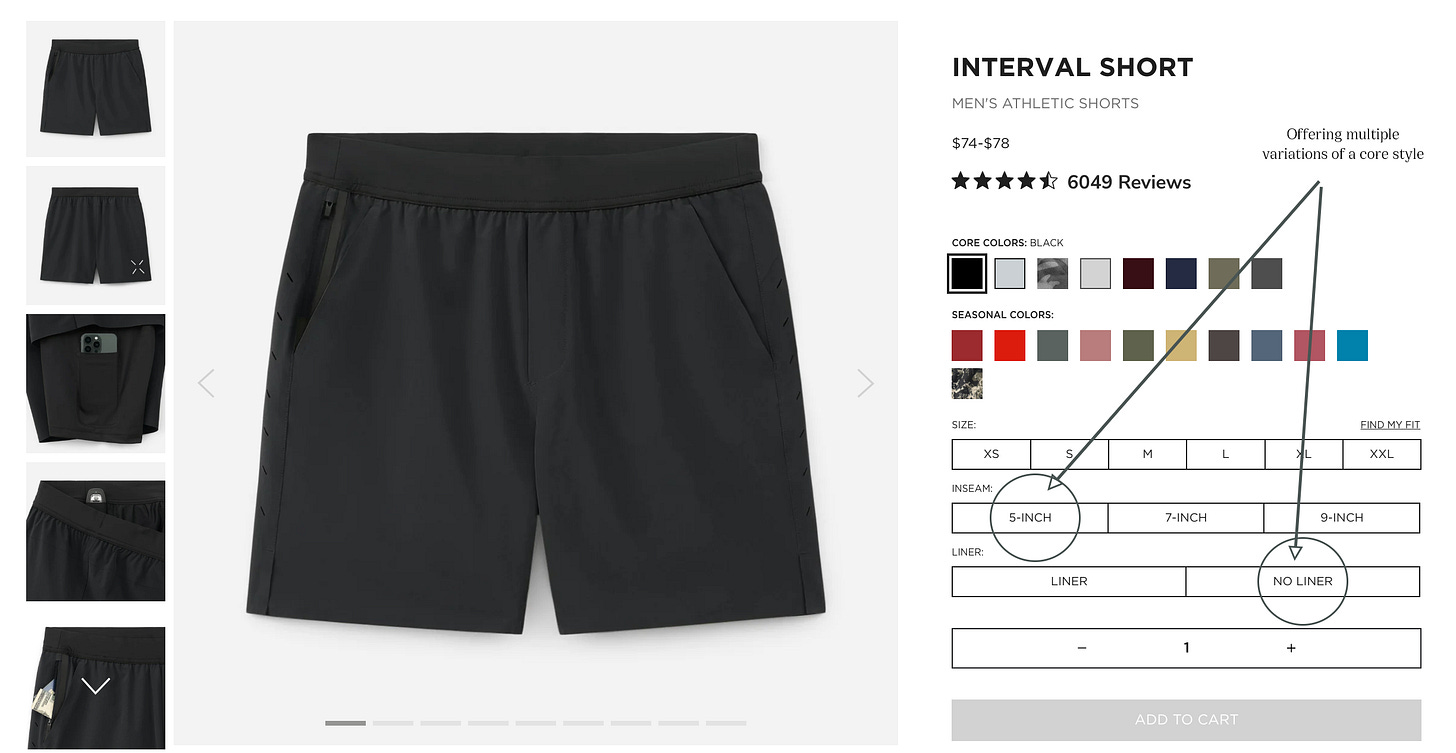
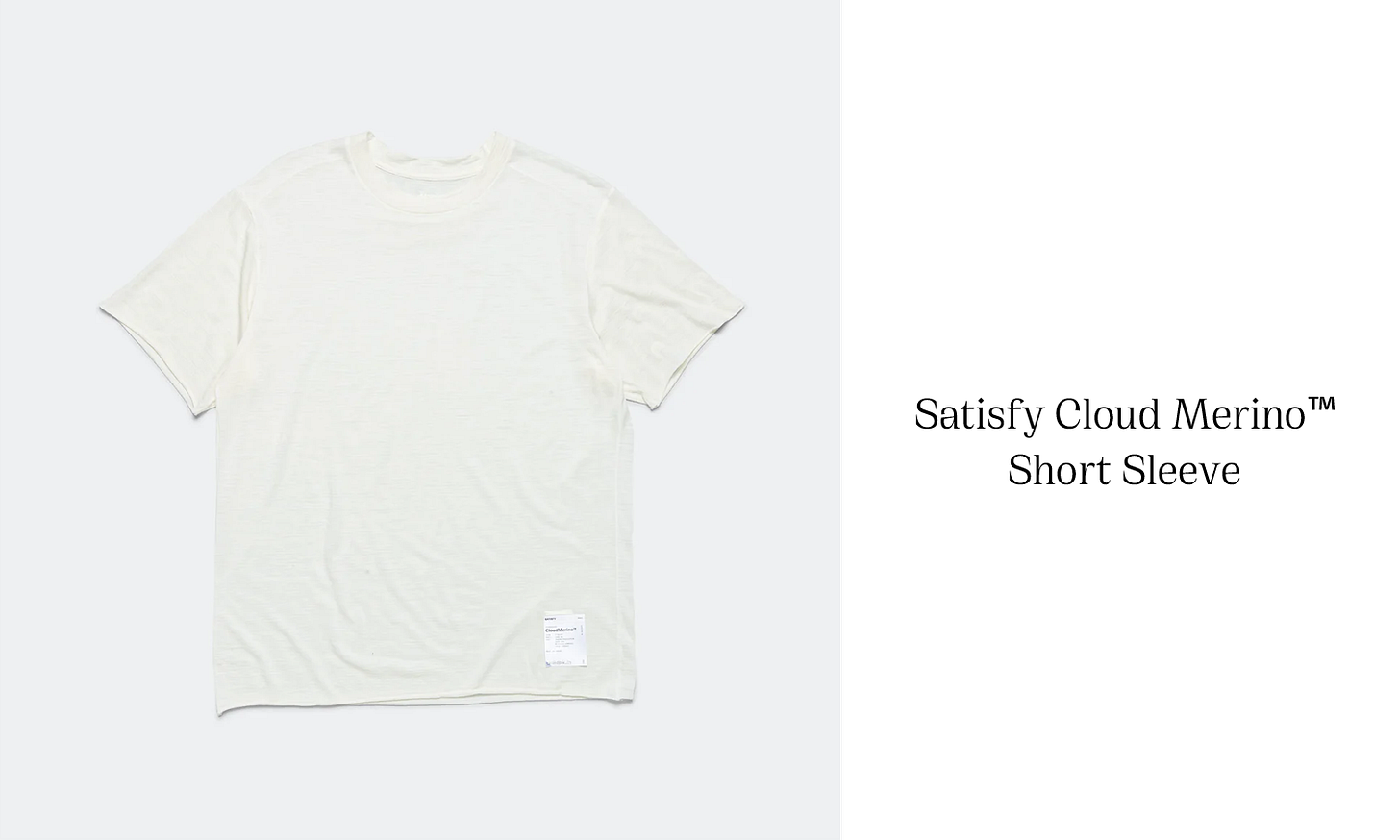
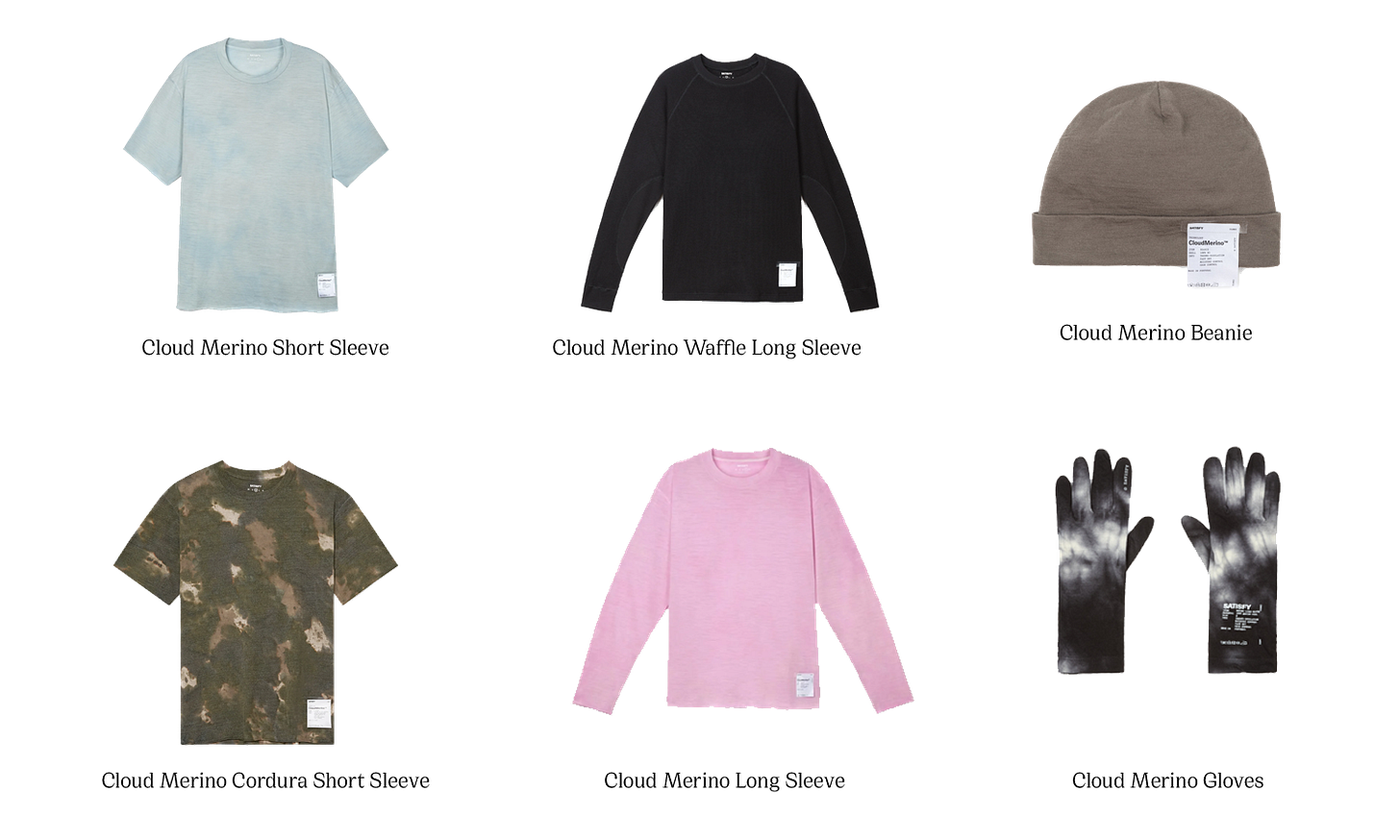
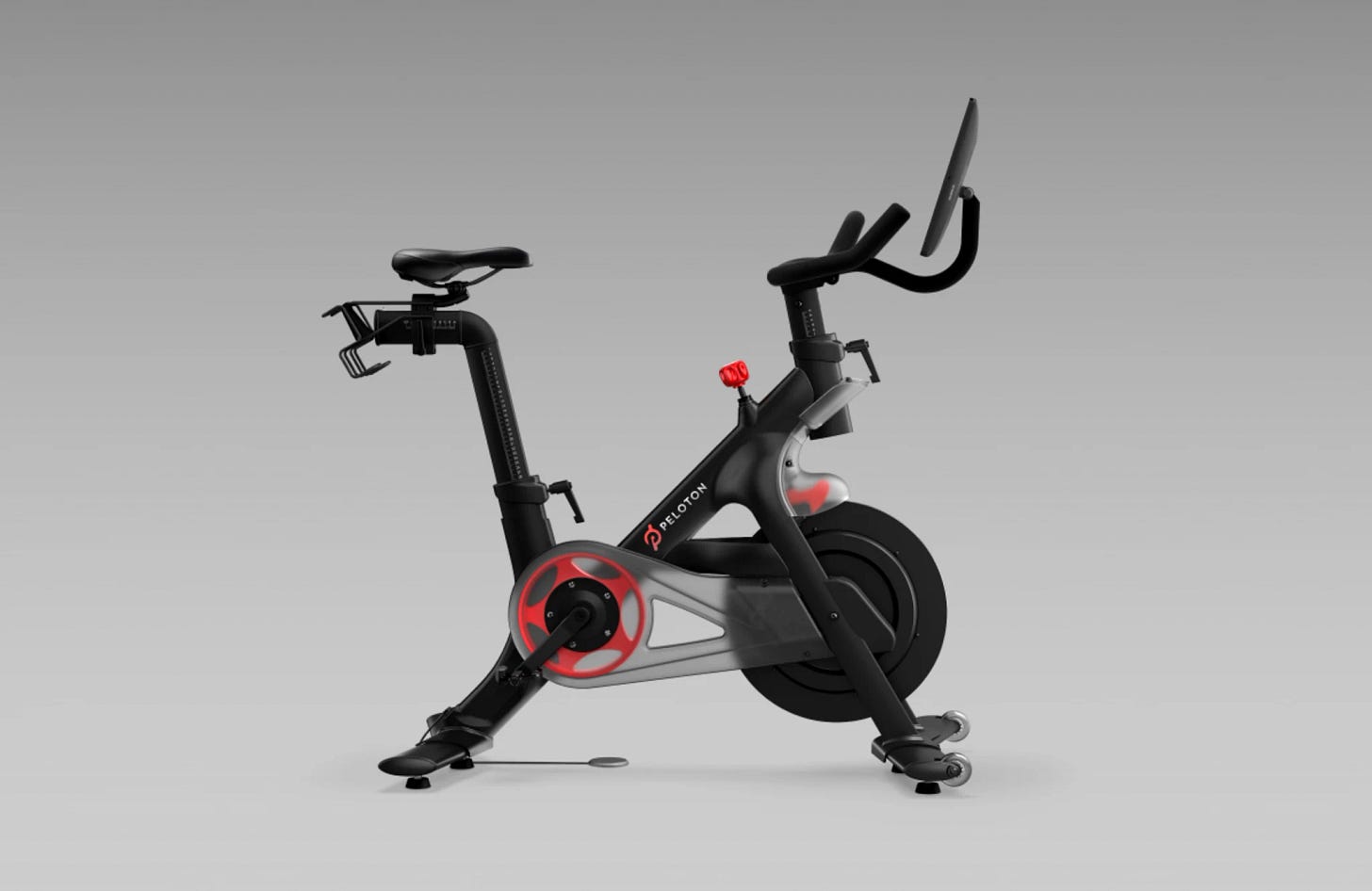
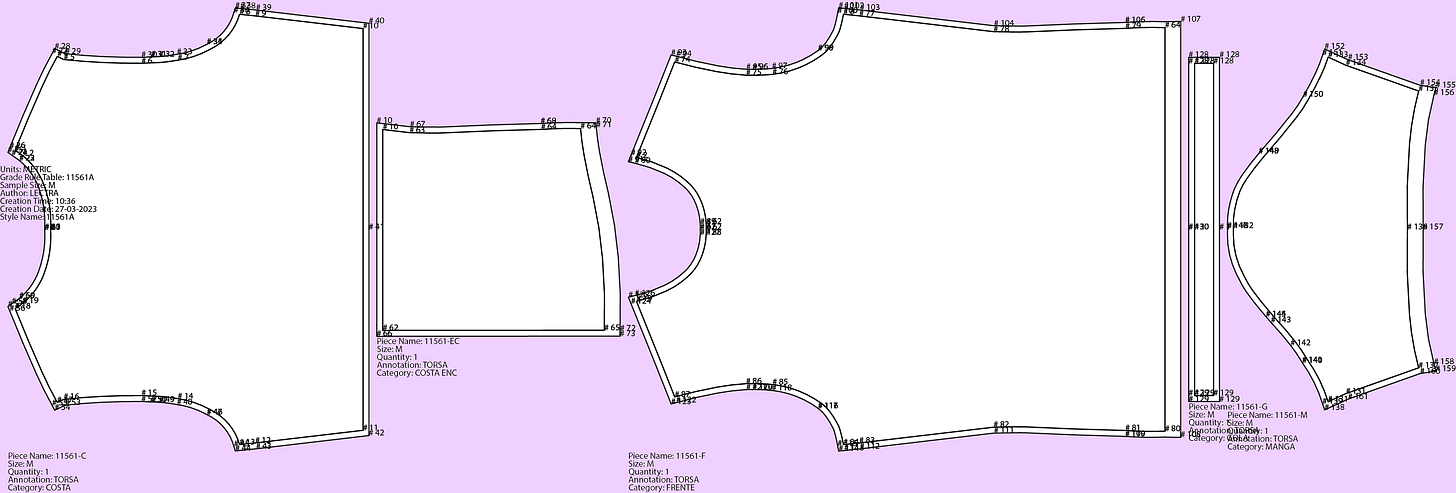
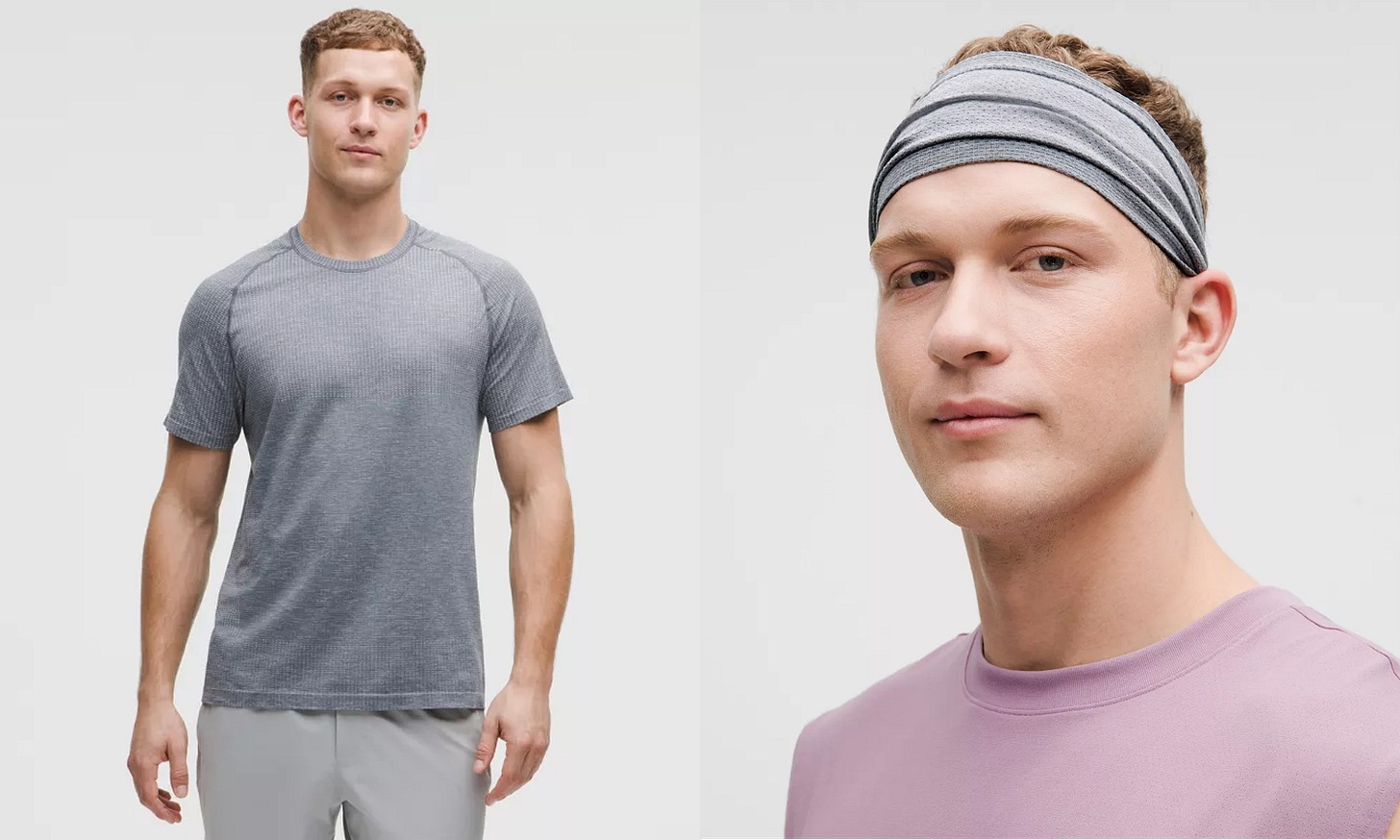
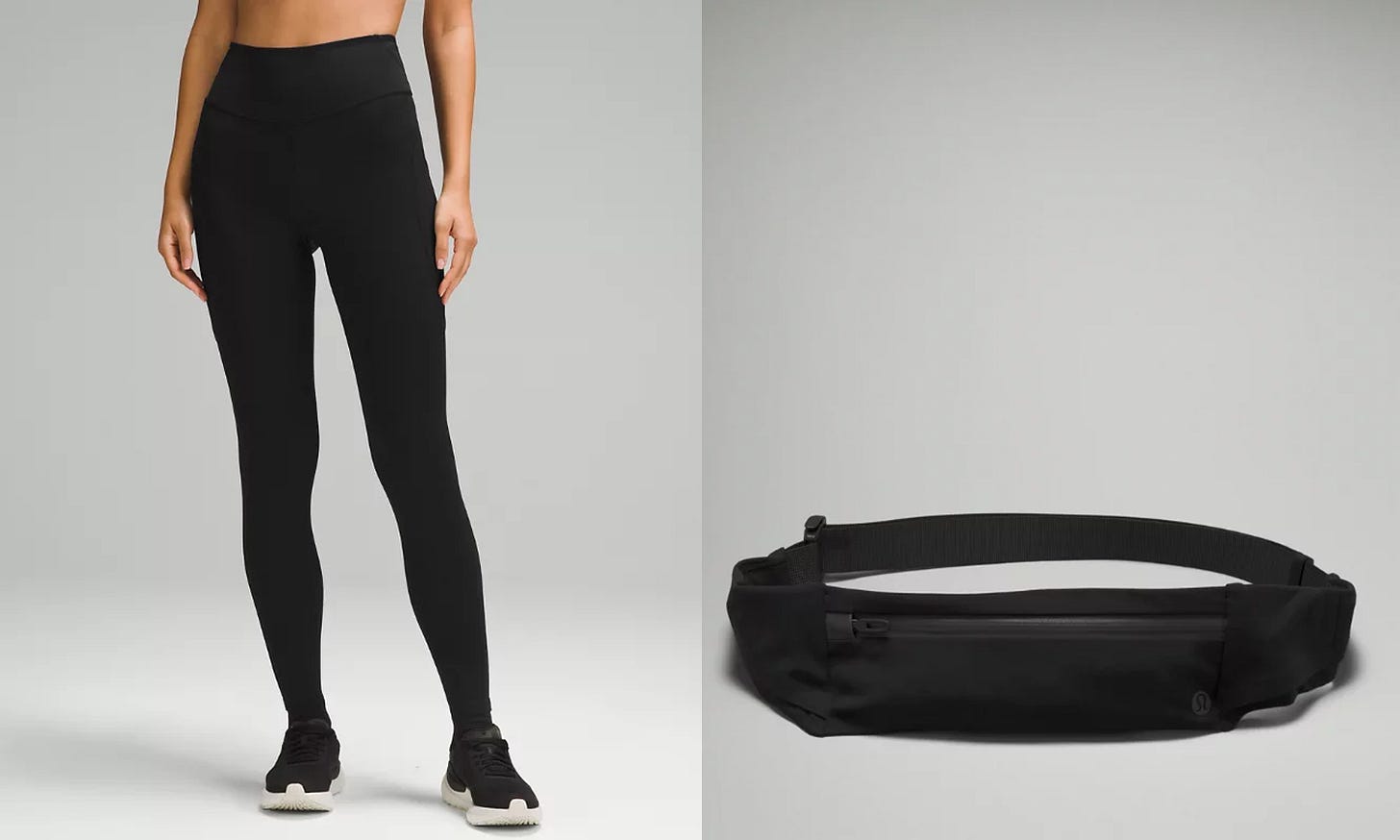
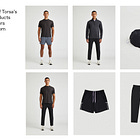
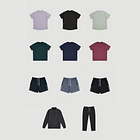
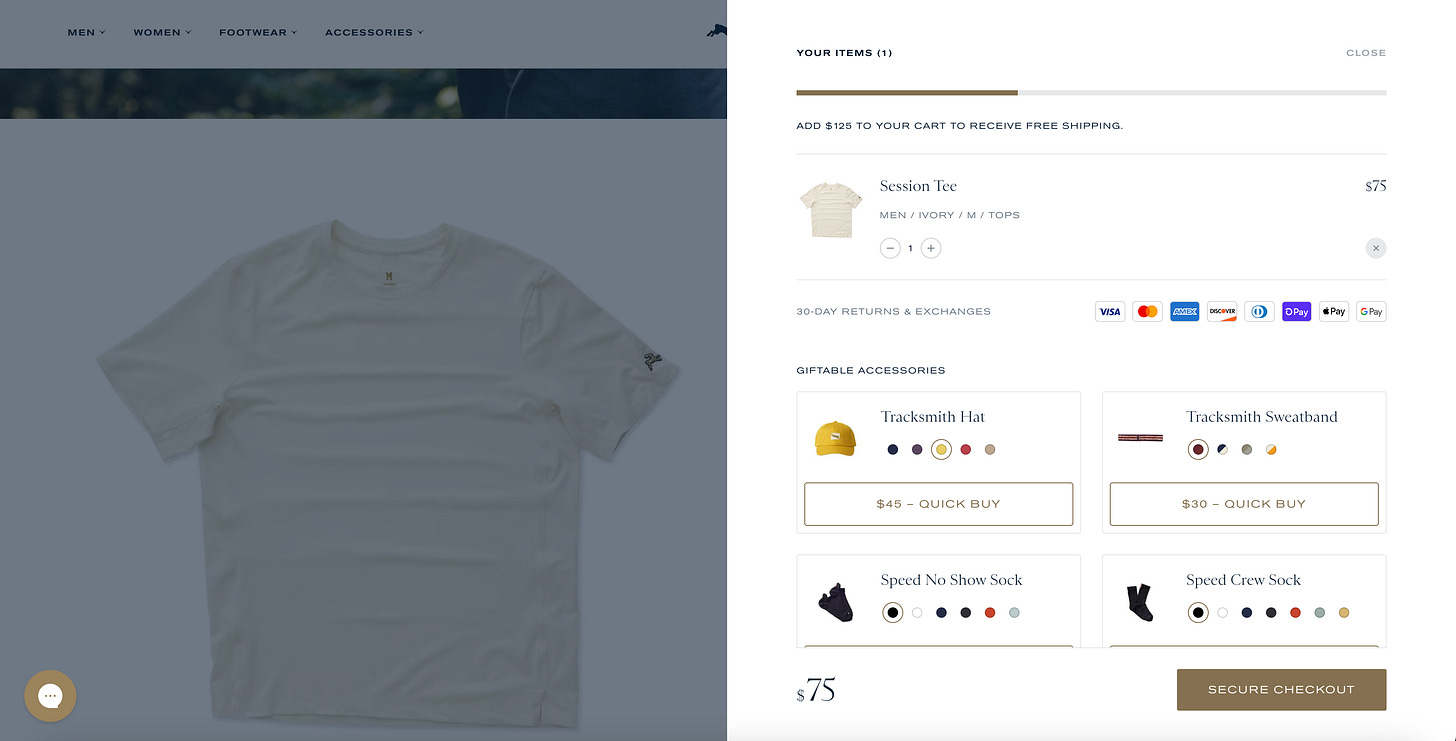
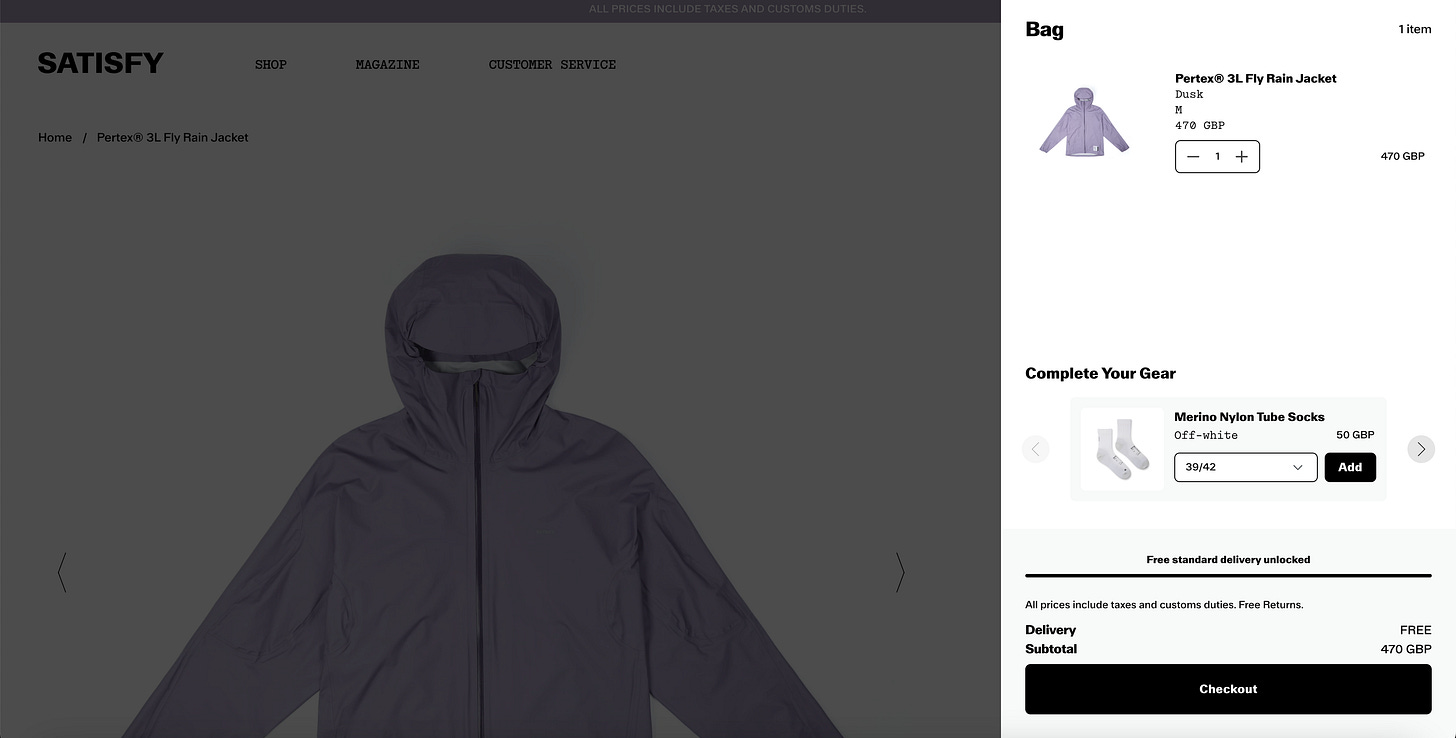

Great insights. Thanks for sharing